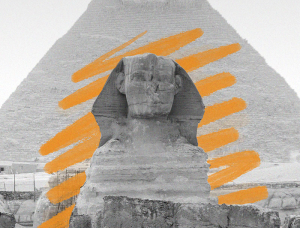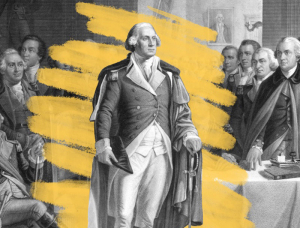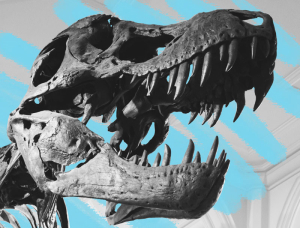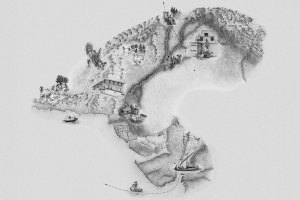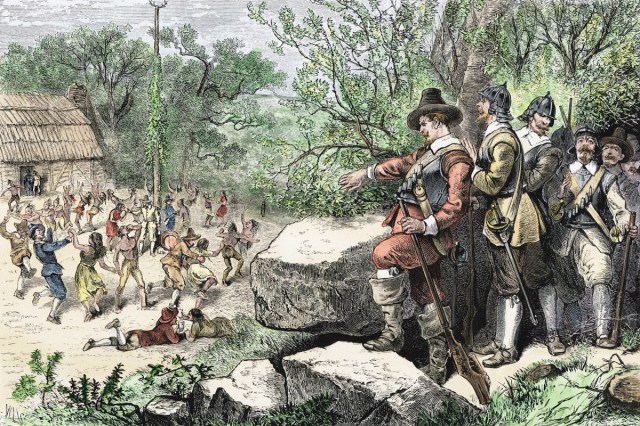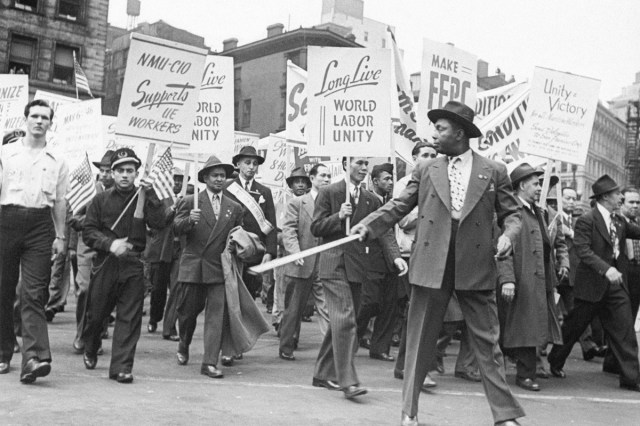Why Do We Celebrate May Day?
Most dates that are recognized as national holidays or at least entail widespread celebrations can enjoy that particular 24-hour designation to themselves on the calendar. It’s rare for a widely acknowledged holiday — say, Halloween or Presidents Day — to share top billing with another commemoration. Which brings us to the outlier of May Day.
For hundreds of years across much of Europe, May 1 was celebrated as a time when spring was in full bloom, with outdoor communal festivities highlighting the merriment enjoyed by participants who no longer had to fear winter’s wrath. However, for more than a century now, May Day has had a more serious significance. Also known as International Workers’ Day, it’s recognized as a time to mark the ongoing struggles for improved labor conditions — and by extension, human rights.
Although neither version of May Day is formally acknowledged as a holiday in the United States, both are more widely known internationally, and in some areas dually celebrated. So, what exactly is May Day, and how has the significance of the day evolved?

May Day Originated From Pagan Celebrations
May Day as a commemoration of spring has its origins in older pagan traditions. The Romans celebrated the six-day festival of Floralia from late April into early May, an event marked by various competitions, theatrical presentations, and the releasing of hares and deer as symbols of fertility.
Farther north, the people of Ireland, Scotland, and the Isle of Mann celebrated May 1 with the Gaelic festival of Beltane. Marking the start of summer, Beltane was traditionally observed with the lighting of bonfires and collection of flowers.
By the late Middle Ages, these events had coalesced into the May Day celebrations that were held through much of Europe. Perhaps the most famous rite associated with the day is dancing around the maypole. First noted in the 14th century, the maypole was originally a full tree hauled into a village, before evolving into a shorn wooden pole. Other May Day traditions surfaced later, including the appearance of the Jack-in-the-Green and the selection of the May Queen.

